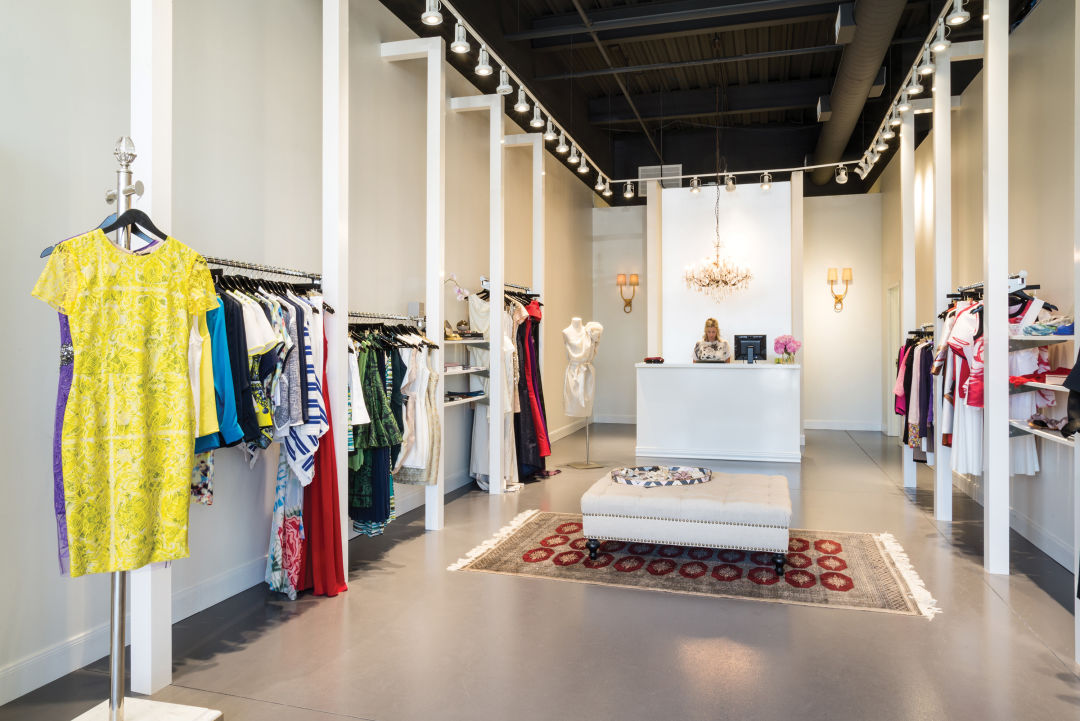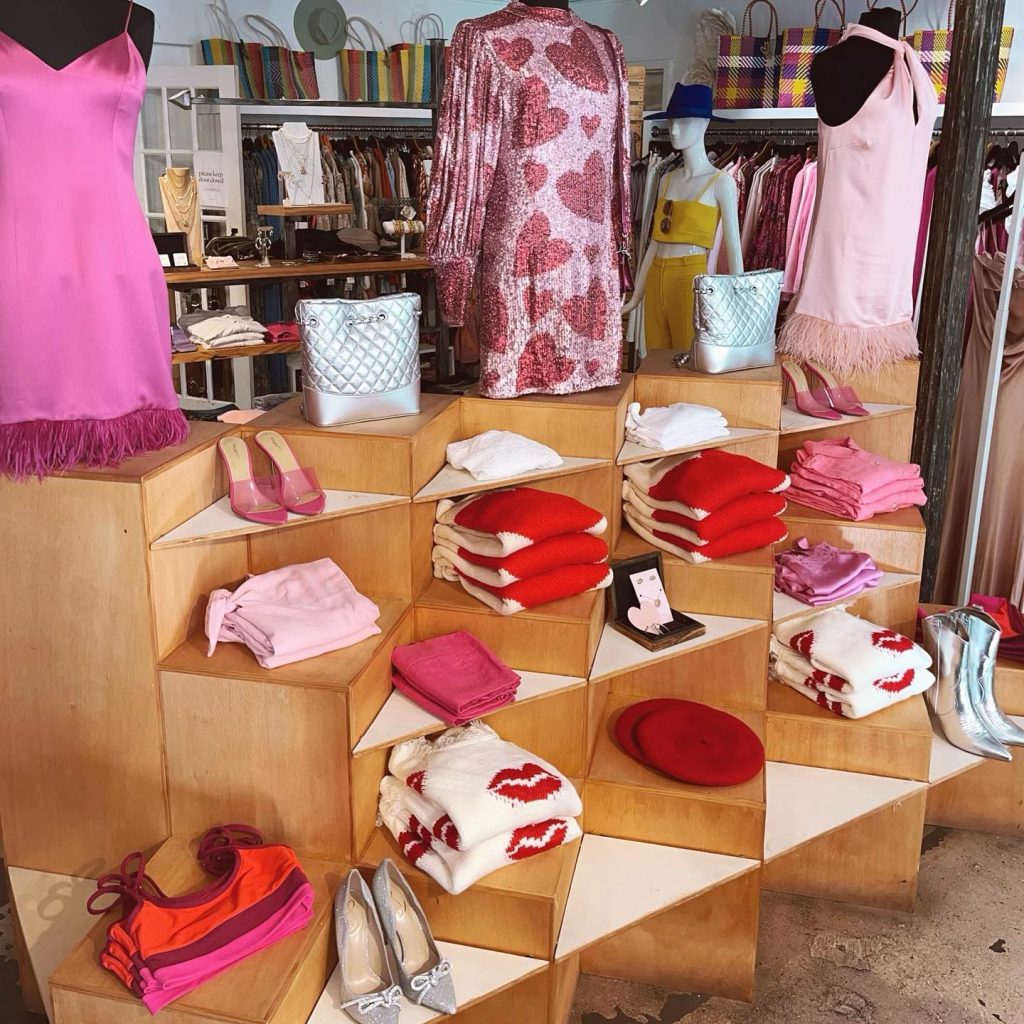Boost Your Closet with Sensational Boutique Fashion Fundamentals
Boost Your Closet with Sensational Boutique Fashion Fundamentals
Blog Article
A Deep Dive Into the World of High-Fashion Runways: Recognizing Clothes as Art
High-fashion paths have actually emerged as arenas where garments transcends its utilitarian beginnings, developing into an innovative form of artistic expression. Developers, a lot like skillful artists, weave detailed stories through fabric, shade, and form, challenging typical standards and redefining charm criteria. These shows are more than plain screens; they are immersive experiences, where every stitch and seam narrates rich with cultural relevance and progressive technology. As we explore these sartorial eyeglasses, we must contemplate: what role does fashion play fit societal worths, and how does it mirror the ever-changing tapestry of human feeling and identity?
The Development of Runway Reveals
The trajectory of runway programs has transformed significantly over the years, developing from unique industry events to fascinating spectacles that mix fashion with art. Traditionally, path programs were intimate affairs, held in ateliers or little venues, mostly gone to by buyers and market experts. These very early presentations concentrated on the garments' craftsmanship and industrial viability, providing a sensible and straight display of seasonal collections.
As the garment industry broadened, the nature of path shows started to alter. The 1970s and 1980s marked a turning point, with designers looking for to distinguish themselves through more staged discussions. This age saw the surge of sophisticated collections, choreographed models, and thematic narratives, declaring a brand-new age where the runway came to be an experiential platform. The shows transformed right into a form of narration, where each collection communicated an unique story or concept.
Recently, innovation and social media sites have further changed path shows, making them accessible to a worldwide target market. Livestreaming and digital platforms have actually equalized fashion, enabling fanatics worldwide to witness these events in real-time (boutique fashion). This development shows a broader cultural change, where high-fashion runways offer as a vibrant intersection of efficiency, design, and development
Designers as Dreamer Artists
Designers in the high-fashion sector have blurred the lines in between practical garment development and the conceptual realm of art. By welcoming creative disciplines such as sculpture, painting, and progressive installments, designers craft garments that challenge conventional fashion norms and boost them to art types.
Visionary developers attract inspiration from a myriad of sources, including abstract art, historic references, and personal stories. They possess a special capability to imagine and appear ideas that push the borders of traditional fashion, typically redefining visual standards in the procedure. This creative ingenuity is showcased via remarkable shapes, ingenious materials, and elaborate workmanship, which welcome customers to experience fashion as even more than just wearable products.
Moreover, the runway works as a canvas for these musicians, where illumination, music, and established design coalesce to develop immersive experiences. These presentations are not just display screens of clothing but are managed performances that stimulate feeling and prompt thought, verifying the designer's role as a real artist in the Find Out More contemporary social landscape.
Cultural Impacts in Style
Social tapestry weaves its detailed patterns right into the fabric of style, affecting designers globally. The vibrant interchange of social stories, practices, and symbols notifies and influences collections that poise high-fashion runways. Designers thoroughly attract from their heritage or involve with societies unique from their own, crafting garments that serve as aesthetic narratives. This social discussion not just enhances the visual variety however also cultivates a deeper understanding and recognition of international identifications.
The influence of society on fashion is typically seen in the reinterpretation of standard garments and patterns. The use of Japanese bathrobes, Indian saris, or African prints in modern fashion reflects a blend of cultural credibility and modern-day visual appeals. Developers such as Valentino's Pierpaolo Piccioli and Alexander McQueen's Sarah Burton have been understood to integrate rich social motifs into their couture collections, translating background into wearable art.

Innovation in Textile and Style
Advancement in textile and design constantly reshapes the landscape of high-fashion, pushing boundaries and redefining opportunities. Developers are increasingly discovering the assimilation of innovation, such as 3D printing, which enables for the creation of complex frameworks that were previously unthinkable.
The fashion sector is observing a rise in the use of eco-friendly products, acquired click for source from recycled plastics, natural fibers, and even naturally degradable elements. Developers are welcoming these materials to craft garments that are both aware and visually striking of their ecological footprint.
In regards to design, experimental forms and progressive silhouettes are constantly transforming the path. By including unconventional products and sophisticated techniques, designers grow garments that obscure the line between fashion and art, setting brand-new standards for creativity and expression in the high-fashion round.
Influence of Fashion on Culture
Style possesses an extensive impact on culture, offering as both a reflection of my website social identity and a catalyst for social adjustment (boutique fashion). Through its development, style has actually mirrored societal changes, enveloping the zeitgeist of numerous periods.
Moreover, fashion has the power to bridge social voids, cultivating understanding and admiration amongst diverse groups. As globalisation increases, the cross-cultural exchange of style ideas becomes increasingly considerable, advertising inclusivity and variety. The surge of streetwear, stemming from city subcultures, illustrates just how style can transcend socio-economic limits, granting people a method of self-expression and empowerment.
Basically, fashion is not just about looks; it is a dynamic pressure that affects values, attitudes, and societal progression (boutique fashion). By continuously communicating with social and social currents, style stays an integral component of the cumulative human experience

Verdict
High-fashion paths work as vibrant arenas where clothes goes beyond capability to come to be an expressive art kind. Designers, similar to visionary musicians, coordinate collections that mirror identification, feeling, and social stories, testing traditional appearances. The combination of ingenious material and style, combined with elaborate collection styles, lighting, and songs, produces immersive experiences that commemorate cultural variety. This crossway of fashion and virtuosity not just astounds audiences globally however also affects societal assumptions and advertises a much deeper gratitude for multiculturalism.

Cultural tapestry weaves its complex patterns right into the textile of fashion, influencing designers internationally.Fashion wields an extensive influence on culture, serving as both a reflection of cultural identity and a stimulant for social change.
Report this page